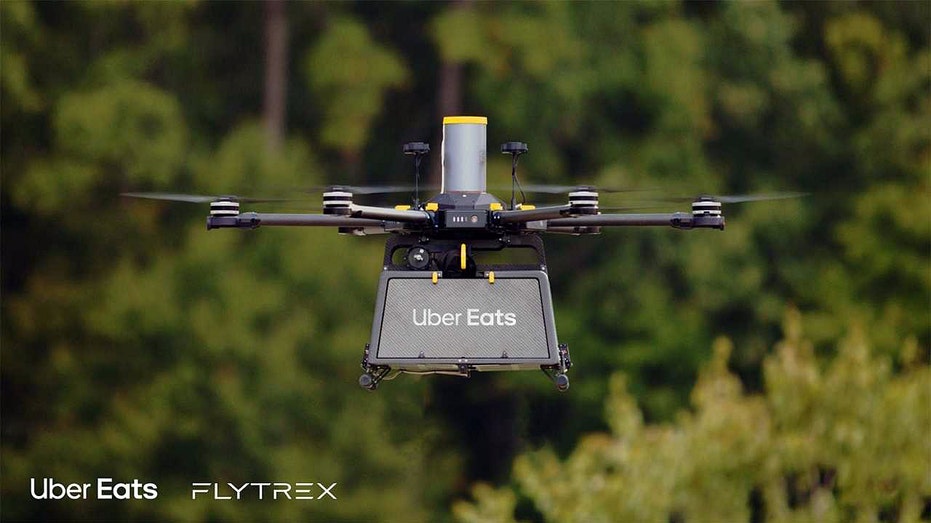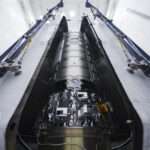Uber Eats Takes Off with Drone Delivery Trials in the U.S.

In a groundbreaking move toward the future of food delivery, Uber Eats has announced its partnership with Flytrex, a leading drone delivery startup, to launch pilot programs in select U.S. markets by the end of this year. This initiative marks a significant step in integrating autonomous aerial technology into everyday logistics.
Initial Markets and Expansion Plans
Although Uber has yet to specify the first cities for drone deliveries, Flytrex’s current operations in Texas and North Carolina suggest these regions will likely be among the first to experience aerial food service. The partnership represents Uber’s inaugural investment in drone technology, reflecting its commitment to innovation in the rapidly evolving autonomous delivery industry.
The Rise of Drone Delivery Technology
Drone-based deliveries are shifting from concept to reality, with companies like Google’s Wing and Zipline already collaborating with major retailers such as Walmart and DoorDash, as well as hospitals, to deliver goods and medical supplies. Amazon’s Prime Air project is also testing drone services aimed at reducing delivery times and improving efficiency.
- Breakdown: Skytech Gaming Azure 3 – a powerhouse PC with Ryzen 7 and RTX 5060
-
Northrop Grumman Launches Heaviest Cargo Resupply to Date with Upgraded Cygnus XL Spacecraft

-
OpenAI’s ChatGPT Agent Bypasses CAPTCHA by Seamlessly Clicking “I Am Not a Robot” Checkbox

-
Harvard Astrophysicist Suggests Interstellar Comet Could Be Alien Technology Due to Its Enormous Size and Mass

Flytrex, headquartered in Tel Aviv, Israel, has executed over 200,000 successful deliveries across the U.S. Its FAA-certified drones are capable of flying beyond visual line of sight, enabling scalable, safe, and reliable delivery operations.
Safety and Regulatory Considerations
Experts warn that the widespread deployment of drones raises concerns over national security and airspace management, especially in densely populated areas. Currently, drone operations are primarily limited to suburban regions to ensure safety and manage air traffic effectively.
Implications for Consumers and the Environment
For customers, drone delivery promises faster service—meals, snacks, and essentials could arrive within minutes, bypassing traditional traffic delays. Additionally, this technology has the potential to reduce traffic congestion, lower carbon emissions, and decrease operational costs for delivery services.
If initial tests prove successful, Uber plans to expand drone delivery to more urban and suburban markets in the coming years, transforming the logistics landscape.
Looking Ahead
Uber’s move towards aerial delivery exemplifies the rapid evolution of logistics, from traditional couriers to autonomous vehicles, robots, and now drones. While some may still prefer human interaction, the convenience and speed of drone delivery could soon become a standard option for consumers worldwide.
Are you ready to see your next meal delivered by drone? Share your thoughts and preferences with us at Cyberguy.com/Contact.
